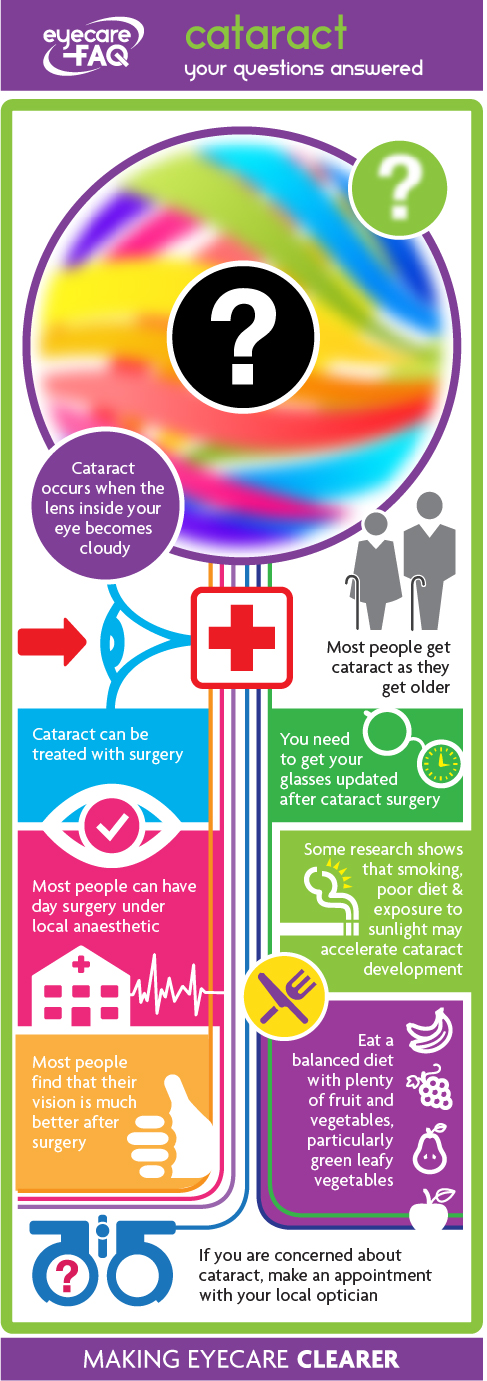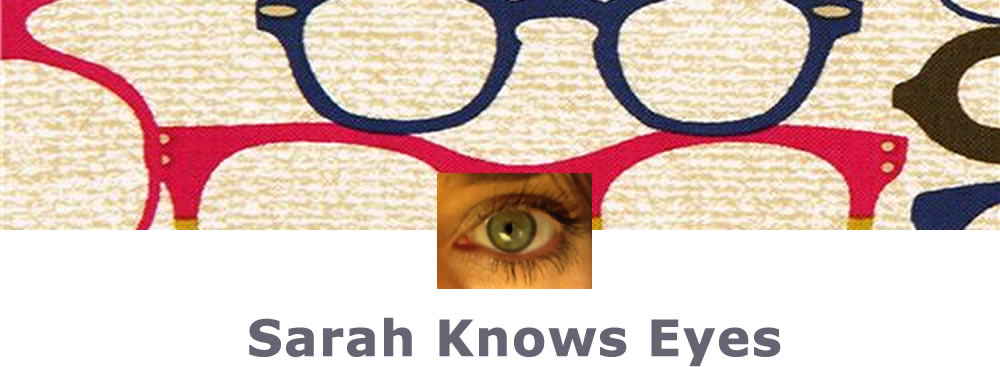
Last month, having possibly scared the living daylights out of anyone facing the prospect of cataract surgery, I thought I’d better try to redeem myself, by pointing out that it’s really not THAT bad! Medicine has indeed moved on significantly since the 18th century and, certainly in the Western world, the brutal “couching” is by far a thing of the past. Today, surgeries in which cataracts are removed and the lens replaced are among ophthalmology's (and medicine's!) most successful procedures.
Firstly, let’s start by explaining what exactly a cataract is. As briefly touched upon in my blog “The Truth About UV Protection”, a cataract is the opacification (clouding) of the lens in the eye.
.jpg)
I’m a little ashamed to admit, but it wasn’t until researching this blog that I realised just how many different types of cataract there are! The most common is ‘age-related’, caused by prolonged exposure to ‘incident’ (present in the environment) ultraviolet radiation. Most people will develop cataracts as they get older – more than one in two people aged 65 and older have some signs of cataract, and they are present in almost everyone over 75.
Some people are born with them – these are known as ‘congenital’ cataracts. A trauma to the eye can cause a cataract, as can certain metabolic disorders, such as uncontrolled diabetics, galactosemia, Wilson disease, and Myotonic dystrophy.
NHS guidelines concerning referral for cataract surgery are very prudent and basically tie-in with the DVLA’s driving standards: -
“You must be able to read (with glasses or contact lenses, if necessary) a car number plate made after 1 September 2001 from 20 metres.
You must also meet the minimum eyesight standard for driving by having a visual acuity of at least decimal 0.5 (6/12) measure on the Snellen Scale (with glasses or contact lenses, if necessary) using both eyes together or, if you have sight in one eye only, in that eye.”
/via https://www.gov.uk/driving-eyesight-rules
As result, we wait until the cataracts are “ripe”, i.e. the Optometrist can no longer correct your vision to comply with these driving standards. There are exceptions to this rule, for instance, a patient who experiences disabling glare due to cataract when driving may still achieve a visual acuity of better than 6/9 under ideal conditions of illumination, or where anisometropia is causing symptoms. On occasions, cataract surgery may be performed primarily to aid the management of other eye conditions, for instance to facilitate surveillance or treatment of diabetic retinopathy or to improve intraocular pressure control in primary angle closure glaucoma.

Just kidding!!!
The procedure itself is usually done under local anaesthetic. You will be awake, but the ophthalmologist will make sure you do not feel the area around your eye. You should (hopefully!) hear the ophthalmologist explaining what he/she is doing, and you may see some vague movements around your eye. The ophthalmologist will make a tiny cut in your eye to remove the cataract - they basically blast the clouded lens with ultrasound and then suck out the remnants. They will normally then insert a plastic replacement lens so that you can see clearly again. This will usually take between 15-45 minutes. The procedure generally does not require stiches, but your eye will be covered to protect it from knocks after the operation. You will be allowed to go home the same day, but you should have someone go with you to the appointment, and to look after you for the following 24 hours. You must not drive.
Now, I absolutely hate the thought of somebody poking about in my eyes, I’d rather have a Ceti eel crawl in my ear, but having been working in Optics for 14 years now (yes, I’m THAT old!) I have seen many a patient before and after having their cataracts done, and they all assure me that there is absolutely nothing to be nervous about. And that the results are amazing!
If any of you are waiting to have your cataracts done, I hope this blog post has gone, even just a little way, to putting your mind at rest, but as always, if you have any questions, or would like any further information about this topic, then please do not hesitate to contact me using the “Ask Away” link above.

